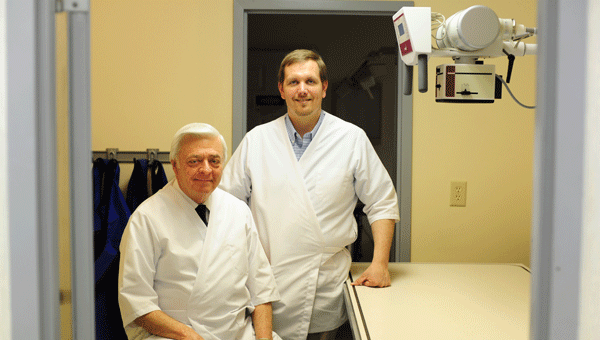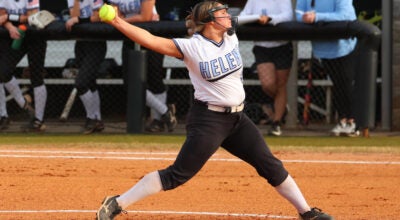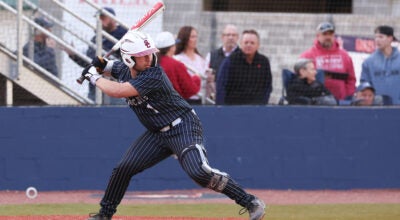Digital equipment at work at Columbiana vet clinic
Published 4:26 pm Friday, March 8, 2013

Veterinarians Dr. Charles Thornburg and Dr. Fred Self at the Shelbiana Animal Clinic recently installed a new digital x-ray machine at their clinic in Columbiana. (Reporter Photo/Jon Goering)
By JAN GRIFFEY/Editor
COLUMBIANA — Columbiana’s own Shelbiana Animal Clinic is home to one of the area’s first digital radiograph — also known as x-ray — machines.
Dr. Charles Thornburg, veterinarian and owner, said the radiography technology has come a long way since he entered the field 44 years ago.
“When I started practicing, to make an x-ray, we took an image on film using a camera and had to put that film by hand through a chemical developer, then water, then fixer and hang it to dry,” Thornburg said.
The technology progressed to allow the image to go through a processor for developing.
“When it went through the processor, it came out nice and dry and ready to read,” he said.
Next came the first wave of digital imaging, but that still required the use of a camera to make the image, Thornburg said.
The new digital machine at Shelbiana Animal Clinic is the latest in radiograph technology, known as DR, or direct radiograph.
It represents a significant advancement in veterinary care, he said.
Dr. Fred Self, a veterinarian at Shelbiana Animal Clinic, said the machine captures an image on a sensor plate and then digitally transfers that image for viewing on a computer monitor.
“The DR is different from other forms of digital radiograph because no camera equipment is involved and the digital information is received and transferred directly from the sensor,” Self said.
He said other forms of digital equipment require a camera to take a picture of the image or require the sensor to be placed into a developer to transfer the image to the computer and software.
“Because of the direct way the image is handled, it takes only six seconds for the image to appear on the screen,” Self said.
That means less exposure to radiation for the patient and staff, he said. The digital images can also be easily sent via email or a CD to specialists for evaluation, when necessary.
The machine is also equipped with a “floating” table, which allows for minute changes in the positioning of a patient when necessary to receive a more accurate image, or to conduct very specific types of x-rays, Thornburg said.
For instance, very precise measurements are required for a type of radiograph known as Penn Hip, which is a way of telling if a dog will suffer from hip dysplasia. Thornburg said Self is certified in performing the Penn Hip radiographs, which measure the amount of laxity in the hip joint.
“The patient must be precisely positioned for the Penn Hip and the floating table allows for that,” he said. “We want to do the best we can for our patients.”
For more information, contact Shelbiana Animal Clinic at 669-7717.









